5 Reasons to Try Artifact if You’re Bored of Hearthstone & Gwent
Deeper Strategies
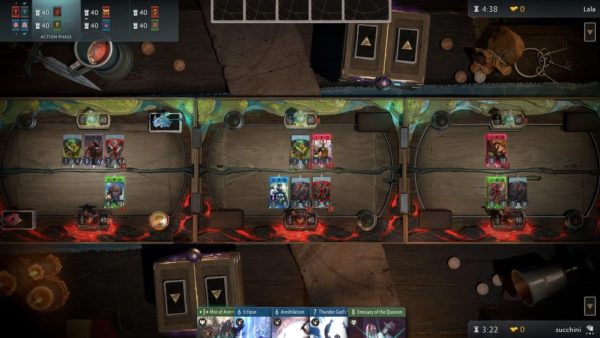
Although Gwent and a bevy of other digital TCGs offer strategic options such as board control elements, they pale in comparison to the amount of strategy present in Artifact. Since Valve’s card game is based on DOTA, it incorporates a lot of that game’s strategic depth into the card game mechanics, including a huge board with three lanes to maintain.
There are also heroes to manage, items cards that can be equipped, and two different win cons in the game, which all help blend together to make Artifact feel like a strategy game more than a card game at times. Matches also take longer than the traditional pickup and play nature of games like Hearthstone, and each match ends up being more tactical and grindy, keeping players on their toes.
While that may be a bit daunting for new players, many will appreciate the layers of depth present in the game, and it’s a nice change for a game to embrace its complexity rather than mercilessly trying to streamline it.
5 Reasons to Try Artifact if You’re Bored of Hearthstone & Gwent
Economy = Your Wallet
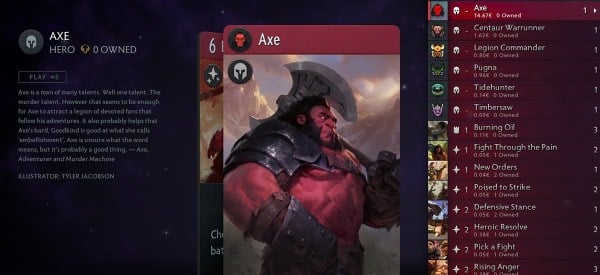
Hearthstone, Gwent, Magic Arena, and almost all other digital card games rely on a booster pack (AKA lootboxes) game design, requiring you to open packs for a chance to get the cards you want or building up an in-game currency to get specific ones. In Artifact, you can still open packs if you like or even draft to earn new cards, but you can also shop the game’s open market and buy the exact cards you need.
Players (including yourself) can put cards up on Steam for trading or selling, which can then be bought by other players to add to their collection. This means that you don’t have to grind for a deck if you are willing to shell out some cash just like in real life games like Magic: The Gathering or Yu-Gi-Oh.
However, it is important to note that since the game is a fully paid product, there is no in-game currency you can grind for to unlock cards – you need to spend money in order to get them through the secondhand market, drafting, or opening packs, just like in real life TCGs. However, as of this writing, the cards are priced relatively low for a card game, with most being under 50 cents or so. Even the highest card is around $15, which is a far cry from some staples in games like Magic: The Gathering.
5 Reasons to Try Artifact if You’re Bored of Hearthstone & Gwent
The Prize Pools
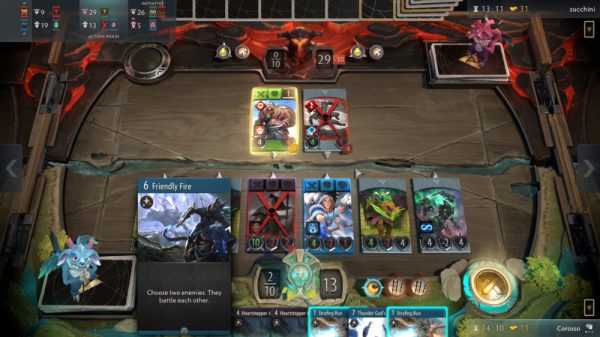
This may be a shallow reason to get into Artifact, but the prize pools offered by Valve are already shaping up to be massive.
The first big open tournament is slated to occur early next year and the pot is reported to be over one million dollars. That total blows Hearthstone and most other TCG prize pools out of the water and it is clear Valve is throwing their full weight behind the game to ensure the player base has an incentive to get competitive and keep evolving the meta.
This prize pool has also attracted popular TCG players such as Kripp and Paulo Vitor Damo da Rosa, giving the game a layer of credibility from those players alone. If you have big dreams of winning a jackpot, Artifact might just be the game for you to try and excel at.
5 Reasons to Try Artifact if You’re Bored of Hearthstone & Gwent
Diverse Heroes
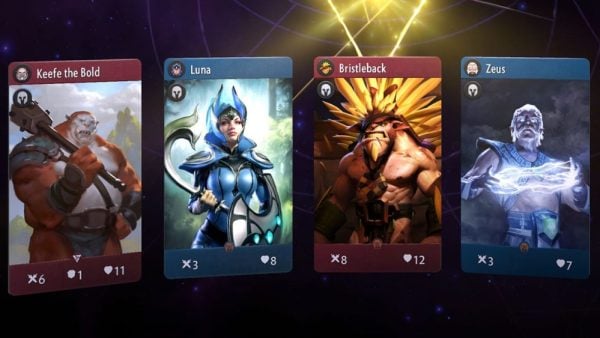
In Artifact, you have five heroes from your deck that get deployed throughout the match onto the battlefield. These heroes are a huge factor in determining what kind of deck you can build, as only spells that share a color with a hero in a lane can be played.
During matches in Artifact, you’ll have the opportunity to equip your heroes with different weapons and armor, making them bigger and badder threats over the course of a match. If your hero dies, it will respawn ready for deployment after two turns with all its same equipment, meaning that you’ll need to account for these threats repeatedly returning to try and take you down again and again.
Knowing when to remove a hero is a significant decision in Artifact, as you’ll need to account for that enemy coming back later in the match. Heroes are one of the biggest changes that Artifact brings to the genre, and it gives you more strategic options as well as tying your deck together in a meaningful way.
5 Reasons to Try Artifact if You’re Bored of Hearthstone & Gwent
Shopping and Gold
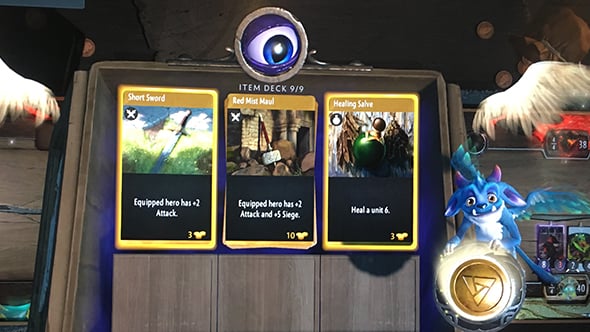
Throughout a match in Artifact, you’ll accrue gold from killing enemy creeps and heroes. This gold is a significant aspect of a match, as you can use it during a special Shop Phase to actually buy new cards and equipment to add to your hand.
These cards can do something as simple as draw you a card to something complex and game-altering like giving your hero health regeneration. It also brings a bit of variety to each match, as these cards can turn the tide on a whim if you have enough gold to afford some of the more potent items to equip to your hero.
Either way, the ability to buy cards during a match with earned currency is interesting and makes Artifact feel like it’s sometimes in a genre of its own.
Though Artifact may not attract every TCG fan out there (especially due to it not being free-to-play), the experience itself is different and refreshing. Valve stuck the MOBA, strategy, and TCG genres into a blender and what resulted is a unique experience that may have a lot of complexity but rewards those that are willing to explore and see what it has to offer.
